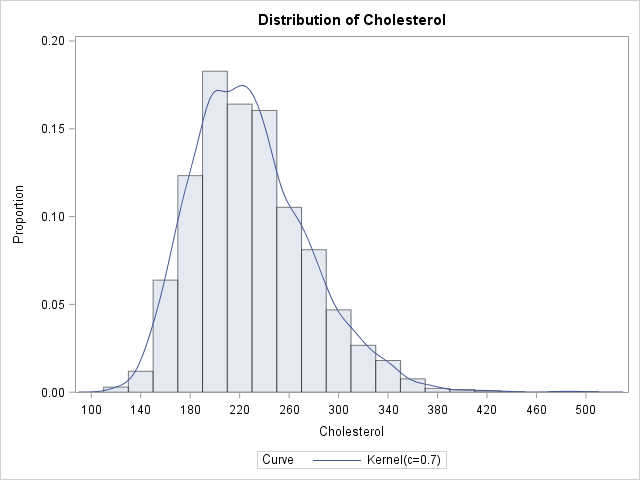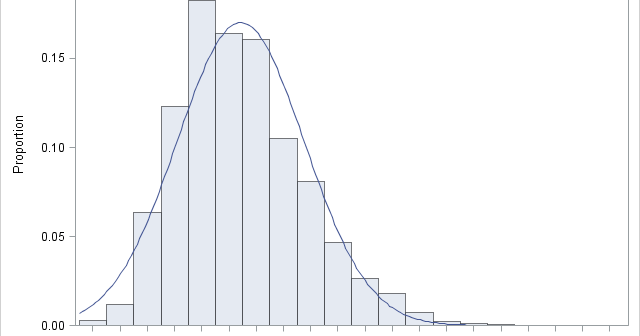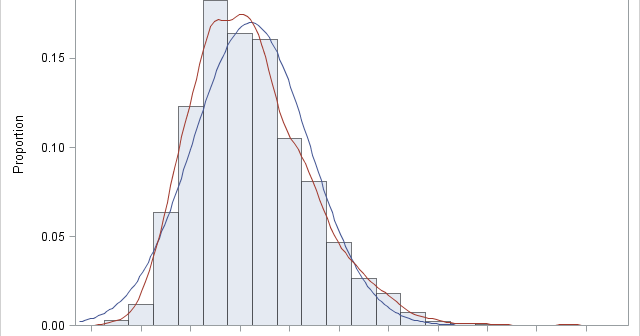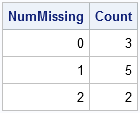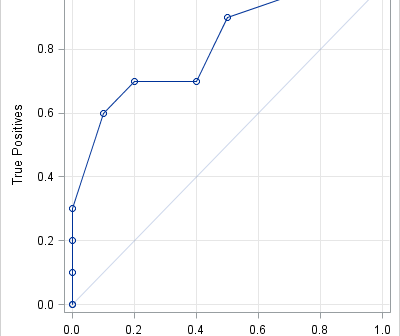
In a previous blog post, I showed how to use the LOGISTIC procedure to construct a receiver operator characteristic (ROC) curve in SAS. That same day, Charlie H. blogged about how to use the DATA step to construct an ROC curve from basic principles. It has been a long time

